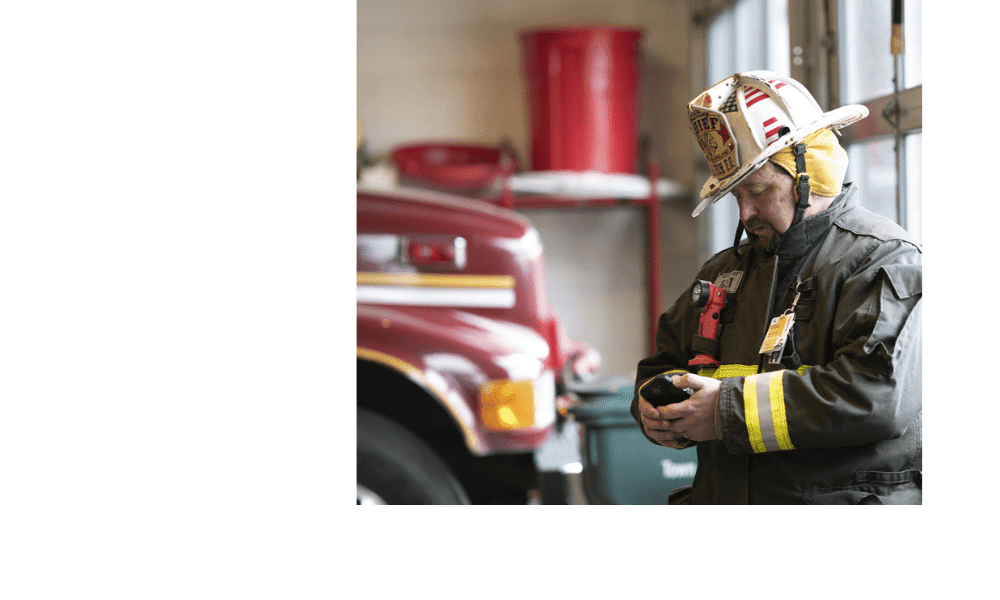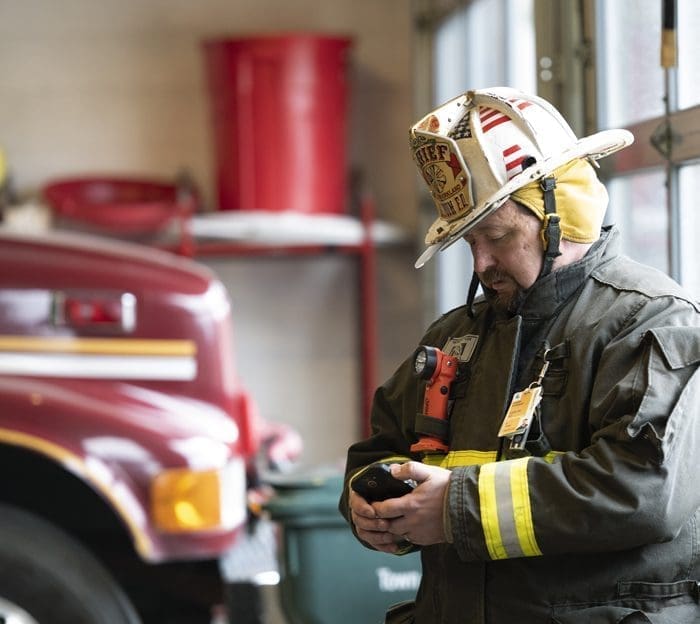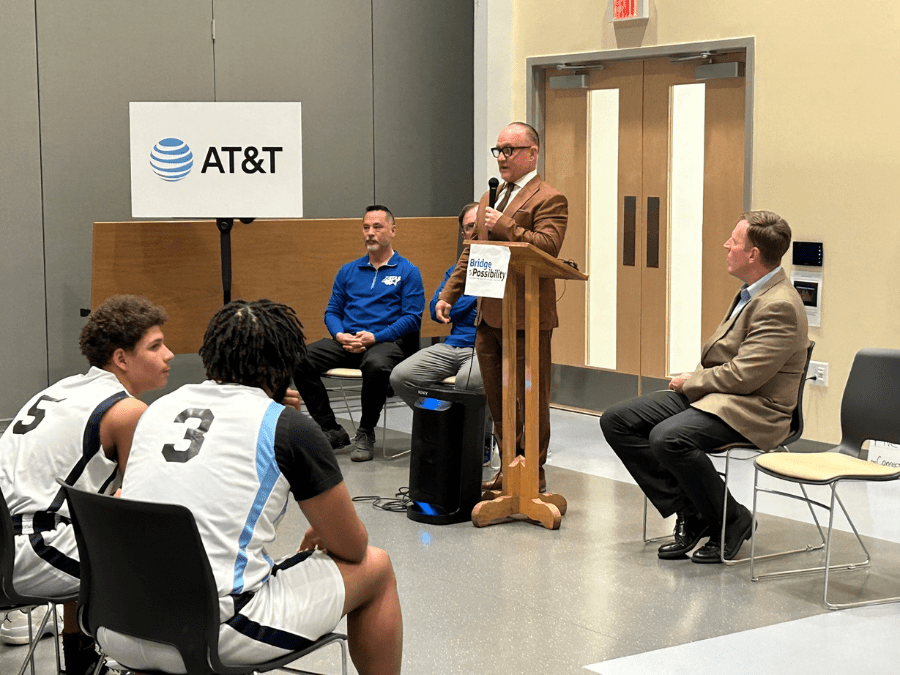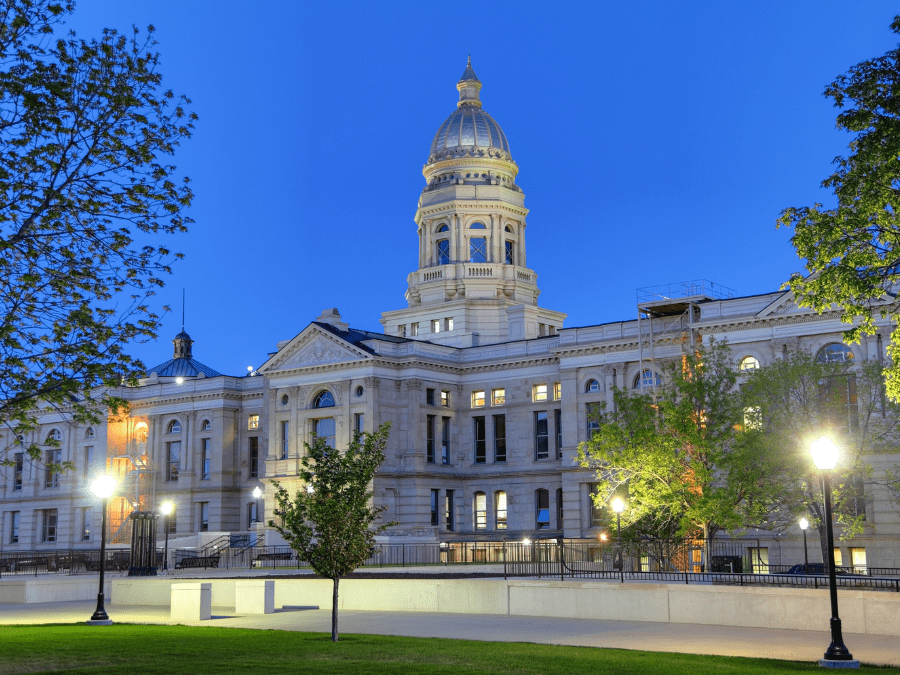America’s public safety relies on FirstNet during daily operations and in emergency situations – whether a natural disaster or a medical emergency. The ability to swiftly coordinate incident responses and access information across departments, agencies and jurisdictions is essential. FirstNet is that common, interoperable network.
The recognized need for a dedicated platform for first responder communications ultimately led to the creation of FirstNet– the only communications platform specifically designed for public safety. In addition to reliable and highly secure connectivity, this nationwide, high-speed wireless broadband network provides innovative tools to meet the unique needs of first responders.
Looking back
During the 9/11 terrorist attacks, public safety heroically responded to calls for help. The response efforts were hampered by the inability to communicate across agencies and jurisdictions, due to radio networks that were inoperable and commercial cellular networks that were congested by the surge in calls. Communication failures had tragic consequences.
To combat the problems that had long plagued public safety, the 9/11 Commission recommended establishing a single, nationwide, interoperable network for first responders. In 2012, Congress passed legislation to create the First Responder Network Authority (FirstNet Authority) with responsibility for establishing the nationwide public safety broadband network. The bipartisan measure also set aside a band of spectrum for the network — licensed to the FirstNet Authority — and dedicated it to public safety when they needed it.
The FirstNet Authority then spent years consulting with all 50 states, the District of Columbia and the five U.S. territories, the public safety community, and other stakeholders to determine how best to shape their network. And in 2017, the federal government selected AT&T to bring the network to life through a unique 25-year public-private partnership.
FirstNet: the nation’s public safety broadband network
With FirstNet, public safety is equipped with a highly secure network that goes well beyond standard commercial network security measures, as well as dedicated connectivity when and where they need it. During emergencies, Band 14 – an exclusive lane of high-quality spectrum – can be locked and cleared for first responders. And first responders have always-on priority and preemption to protect their communications from congestion.
This means that during large planned events like football’s big game and the Boston Marathon, first responders don’t have to compete for connectivity as fans livestream the game-winning play or make a celebratory phone call. It also means that during emergency situations, like Hurricane Ian last year in Florida or wildfire season across the West, public safety has a secure, dedicated line to coordinate emergency responses and carry out rescue missions without worrying whether they’ll have connectivity.
First responders also have access to innovative tools and a dedicated fleet of 150+ deployable network assets. For no additional charge, public safety can request deployable assets – like FirstNet SatCOLTs (Satellite Cell on Light Trucks) and FirstNet CRDs (Compact Rapid Deployables) – to further boost FirstNet coverage and network capacity during planned or emergency events.
By expanding coverage, boosting capacity and delivering new technology capabilities across the country, FirstNet is helping first responders keep their communities safe.
- Today, more than 25,000 agencies and organizations – accounting for more than 4.7 million connections nationwide – rely on FirstNet to do just that.1 First responders in all 50 states, DC and the five territories are using FirstNet.
Moving forward
Understanding the importance of FirstNet, the FCC recently took action to renew the FirstNet Authority’s Band 14 spectrum license for continued operation over the next decade. This is a key milestone. The FCC completed its review and determined the FirstNet Authority has met its statutory obligations required by Congress, affirming public safety’s network is delivering interoperable communications for our nation’s first responders and the extended public safety community that helps them achieve their missions.
Before February 2027, Congress has another important task ahead of them. To continue the FirstNet program, including the FirstNet Authority’s network oversight and reinvestment, and preserve public safety’s active role in guiding the evolution of their network, Congress will need to approve legislation to reauthorize the FirstNet Authority. Unlike other agency reauthorizations, the FirstNet Authority cannot operate past its sunset date. As reported by the U.S. Government Accountability Office (GAO), inaction would inject uncertainty into the program and jeopardize the great progress that’s been made. Most troubling, public safety would lose their seat at the table to shape the future of the network.
America’s first responders worked long and hard to create FirstNet. Their hard work has paid off. FirstNet is a network for all public safety – regardless of where they live and work. In addition to boosting network capacity and coverage in urban and suburban areas, FirstNet has built out new infrastructure to expand coverage in rural and tribal communities. Today, America’s emergency response and resilience is stronger because of public safety’s vision and Congress’ action to create FirstNet.
The bottom line
The impacts of FirstNet are real, tangible and lifesaving. While great progress has been made, we aren’t stopping there. Reauthorization will make sure the network continuously evolves to serve public safety. As the private sector partner, we are committed to working in collaboration with the FirstNet Authority to drive innovation for public safety – both today and for decades to come.
1 As of April 20, 2023





